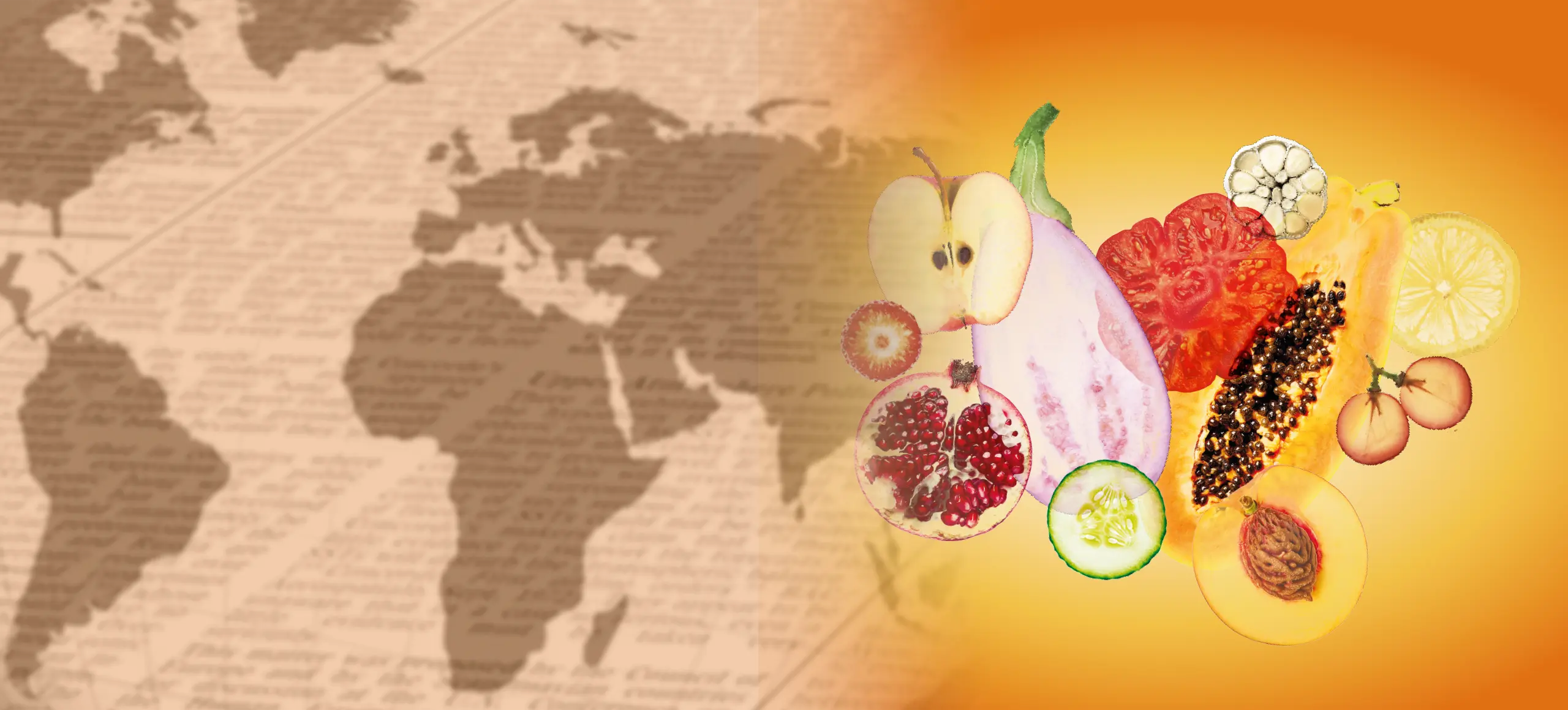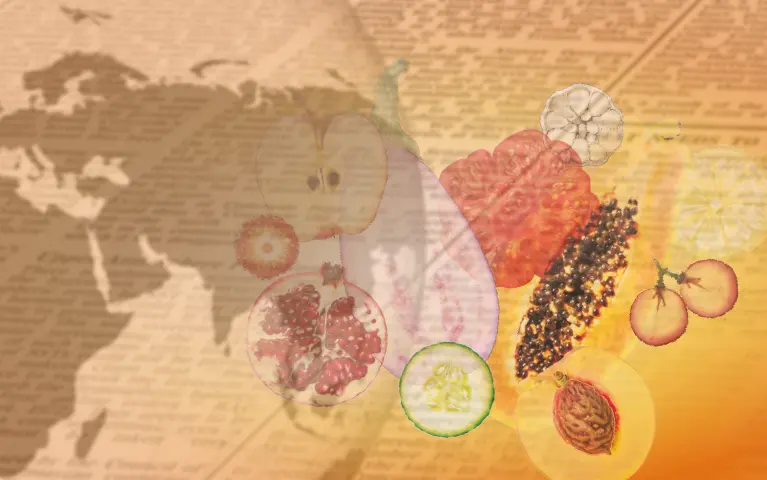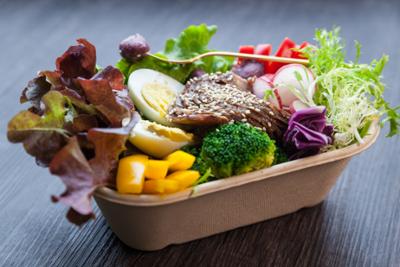

The fruit and vegetable market, a pioneer in sustainable packaging
In the midst of the sustainable revolution in the world of packaging, the fruit and vegetable sector is not among those lagging behind in adopting the new standard. As part of much broader strategies, fruit, vegetables and pre-prepared and pre-cooked convenience foods are looking for ways to ensure that their containers and packaging generate the least environmental impact by opting for recyclability, recovery, compostability, eco-design and a carbon footprint as close to zero as possible.
Alimarket Gran Consumo
The packaging industry is undergoing one of the most important transformation processes in its history. The considerable dimensions that the packaging sector has acquired in recent decades have resulted in an enormous amount of waste that both society and institutions now want to reduce or, at least, turn into a resource. This paradigm shift is also taking place in surprisingly short timescales, which has forced manufacturers and packagers to tackle a process of adaptation at a pace to which they are not accustomed. In spite of the general approach, which in many cases is really adverse, there is one market where this process is being less traumatic: the fruit and vegetable market. For years, packers have been focusing their strategy on offering the market quality and sustainable products, and here the packaging represents an unbeatable letter of introduction.
Thus, in addition to a greater care for the aesthetic properties of the container, companies have also wanted to show their concern for the carbon footprint by choosing packaging with a lower environmental impact. Now that we are faced with a legal morass that has forced the search for solutions that comply with the new mantra (recyclable, recycled content or compostable packaging), the fruit and vegetable industry can boast that it already has available, and in most cases in use, a wide variety of alternatives adapted to any need or strategy. In essence, the compendium of solutions is based on the basic materials used and the technical or marketing requirements of the product, highlighting five main alternatives and a design philosophy.
Paper and board: the benefit of image
Although there are still some technical difficulties, packaging made of these materials has become the dominant material in the sector. The willingness of a large part of the fruit and vegetable industry to renounce plastic as far as possible has been its great calling card, together with the marketing possibilities it offers (thanks to the diversity of designs and printing capabilities). Even in segments such as the fourth and fifth range, paper and board has been able to find its niche by using lacquers, coatings, bioplastics or synthetic materials to complete the required degrees of protection. The future for many companies lies in strengthening the relationship with these materials, which explains why the range continues to expand every year, especially in the area of packaging.
Plastic: the inevitable companion
Although it is true that the penetration of plastic has slowed down in recent years, it is far from disappearing as it continues to offer incomparable qualities in terms of content protection, both in terms of the product's resistance (which does not deform except in "extreme" conditions) and its capacity to extend the life of the product (especially in the pre-prepared and pre-cooked convenience food range) and, of course, its price. The sector's strategy to survive in this new scenario involves improvements in terms of recyclability (dispensing with multi-layers), the volume of material used (reducing weights as much as possible) or incorporating as much recycled material as possible in its composition, with the idea in the latter case of converting plastic into a circular alternative. In the case of packaging, pallets, boxes and containers made of this material continue to assert their status as reusable goods in order to maintain their position in the market.
Wood: the new image of an old acquaintance
Wood is one of the historical materials of the packaging industry which, despite the appearance of all kinds of alternatives, has managed to maintain its vital space. In the fruit and vegetable market, it has never lost ground and has successfully reinvented itself. From dominating the packaging area with wooden crates, it has gradually found its way into new niches with smaller formats such as "smurfs", very popular in red fruit presentations, and even opening up new categories with thermoformed wooden trays. They represent clear advantages for all those companies seeking to position themselves as natural products with the added bonus of being a reconditionable material with a pedigree.
Cellulose: compostability as a banner
Packaging companies have not had to look far for compostable alternatives. So far this decade we have seen an explosion in demand for packaging made from cellulose, a material that seemed to be limited to the egg sector. It is an inexpensive and versatile solution at the design stage and has particularly found its way into trays and packaging nets. It also represents a business opportunity at European level, as many of the countries receiving fruit and vegetable goods have found this material particularly attractive. Future options for cellulose could grow further as new sources of raw material, such as certain vegetable waste, are explored.
Biomaterials: the natural hook
Consumers looking for natural solutions are in luck. The list of biomaterials offered to the world of packaging is growing every day: in addition to plastics of vegetable origin, which, with the popular PLA at the top, are being seen as an alternative in the sector of packaging bags, sealing films, covers and coatings, there is also progress in other alternatives such as sugar cane bagasse, bamboo or palm leaves, highly appreciated in the world of fruit and vegetable packaging given the properties of sustainability and natural origin that are associated with them. For the time being, it is the products with the highest added value or those dishes that want to add that extra element related to environmental impact that are choosing the most from this category of packaging, with growth that is perhaps not as spectacular as could have been predicted a few years ago, but constant and unstoppable.
Eco-design: a far-reaching strategy
Although it always seems to be more profitable for a packager to reach the market with a different and more sustainable product presentation, the most effective strategy has to do with eco-design. Having become a religion in the packaging industry for years, reviewing the functionality of each element that makes up the packaging and adapting it to reduce its environmental impact is a quiet, headline-grabbing but highly effective task. Making label material compatible with the rest of the packaging to facilitate recycling, using lighter components, removing staples and superfluous elements, eliminating colours that make separation difficult or creating more easily repairable packaging are all part of the ABC of any supplier that wants to stay ahead of the curve, and have meant the successful reinvention of formats that otherwise would have been in danger of shrinking their market in a very sensitive way.






